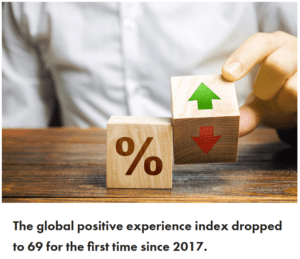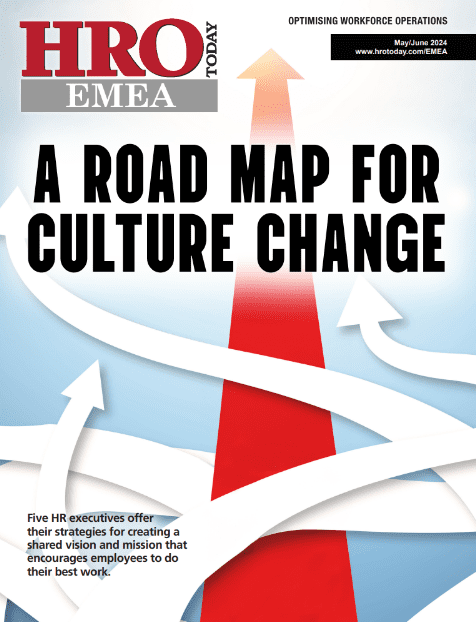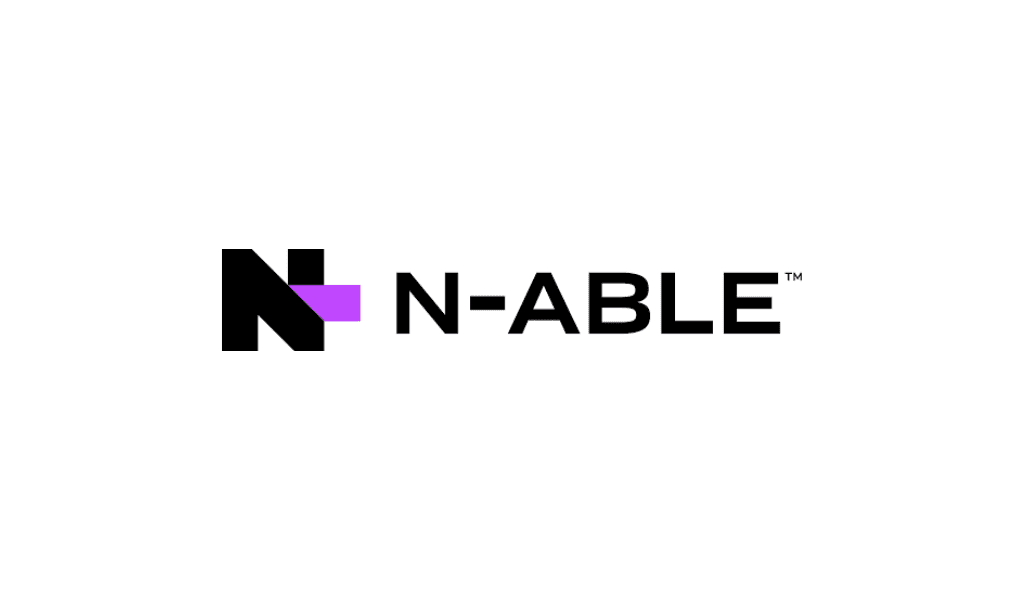Strategies to align company culture with employee expectations in the new world of work.
By Jennifer Young
As employers continue to welcome employees back to the office, implement hybrid work schedules, and reintroduce a physical workplace, many organizations are doing all of this for the very first time and employees may also be experiencing it for the very first time, too. An experiential period for many, employers must capitalize on learnings and develop a collaborative and flexible workplace that takes into consideration evolving employee sentiment in order to retain and attract top talent.
Time to Redesign
Since the start of the pandemic, workers across every profession have taken time to reflect and reimagine their work experience. According to Gallup’s Global Emotions Report, which records responses surrounding feelings of enjoyment, being well-rested, being treated respectfully, and smiling a lot, the global positive experience index dropped to 69 for the first time since 2017. In addition, the report found that in 2021, a record 41% of adults reported experiencing stress the previous day.
The great social experience of the past several years has allowed people to gain clarity on what they value about their organization and identify what they are willing to change to improve their daily life and reprioritize their well-being. Employers, in turn, are in a position to collaborate with their employees on building a culture that is supportive and can inspire all.
Taking a Holistic Approach
The company culture that may have thrived prior to the pandemic, or even earlier this year, may not be accommodating to what employees need now. There are several ways organizations can develop a workplace culture that addresses all facets of well-being.

The global positive experience index dropped to 69 for the first time since 2017.
Source: Gallup
1. Regularly gauge employee feedback. While it is best to implement annual workplace satisfaction surveys, quarterly listening sessions, and Q&As with executive leadership, there are additional ways to connect with employees and demonstrate their value to the company. Allow them to open up in a setting they feel most comfortable in and discuss matters that could be impacting their work. For instance, encourage regular one-on-one meetings between employees of any role and level; conduct regular wellness checks; and email updates—regardless of a national crisis or traumatic event having taken place. Offer both in-person and virtual meetings and above all else, respect the privacy of what employees feel comfortable sharing and participating in outside of the office.
2. Ensure resources are visible and accessible to all employees. While employee resource groups, wellness benefits, and stipends are valuable offerings, make sure employees know how to access these resources and that there are designated individuals who can help them navigate which are a best fit. This comes back to knowing employees and their unique situation, rather than creating a one-size-fits-all approach.
3. Have empathy. Individuals continue to face unforeseen circumstances and challenges emerging from the pandemic. Take into consideration the cost of commuting to the office, paid sick leave, and any other factors that may impact their work and be willing to compromise on a solution. Employees are devoting valuable time and resources to show up to work and need to understand that their employer is equally engaged and committed to their best interests.
Ultimately, building a company culture is a collaborative and dynamic task in which employees have a role in the outcome. An organization is only as strong as its people, and employees deliver their best work when they know their opinions, concerns, and skills are taken into consideration.
Companies must personalize the employee experience in order to establish a strong connection to the organization and its clients. Ensure employees are in a position that they feel equipped to thrive in and invest in their careers by providing them with the tools and resources to learn. These are all ways to better understand employees and let them know they have a voice at the company. Actions must be taken now to meet long-term recruitment and retention goals.
Jennifer Young is EVP of HR at TD Bank.














